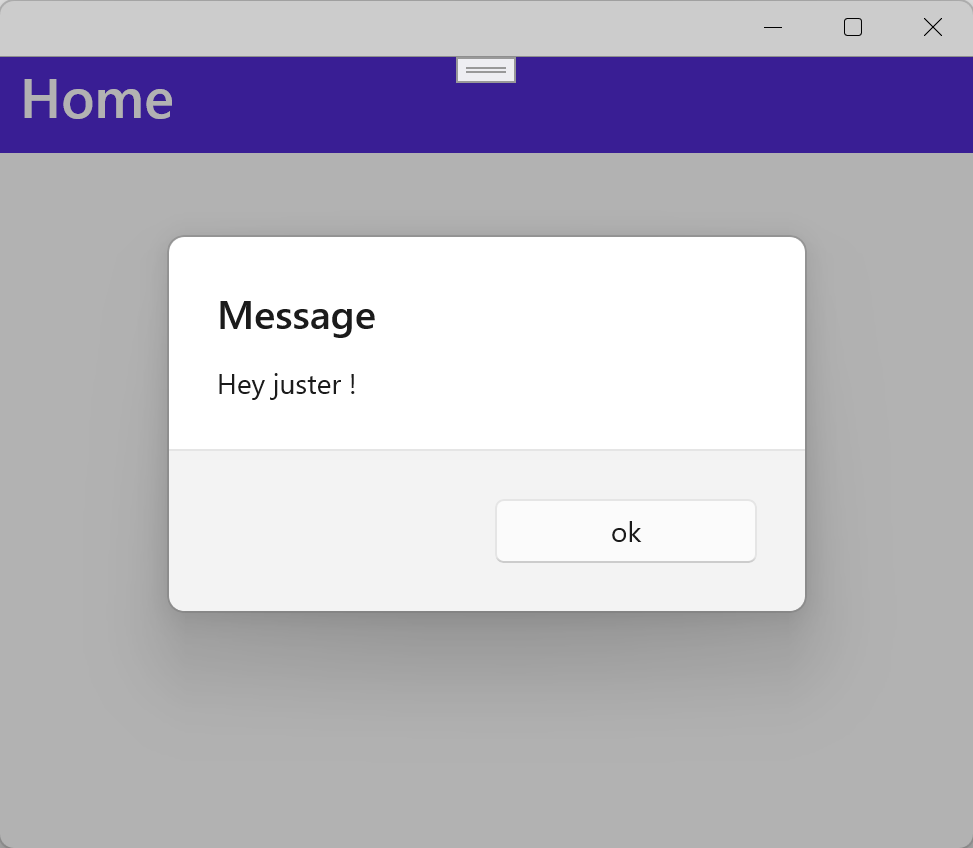详细内容
这一期分享的内容非常简单,在之前使用过WPF的开发者对MVVM开发模式下ViewModel中后台线程转UI线程并不陌生使用Appplication.Current.Dispatcher。那么在.NET MAUI中也有同样的机制,存在于.NET MAUI Shell对象中。.
那么什么是Shell?
官网描述如下,.NET 多平台应用 UI (.NET MAUI) Shell 通过提供大多数应用所需的基本功能(包括:
-
用于描述应用的视觉层次结构的单个位置。
-
常见的导航用户体验。
-
基于 URI 的导航方案,允许导航到应用中的任何页面。
-
集成的搜索处理程序。
其他内容就不搬运了,大伙可以参考下面链接内容。
ref:https://docs.microsoft.com/zh-cn/dotnet/maui/fundamentals/shell/
接下来我们直接来看看实际运用是如何的,代码如下:
using System;
using System.Collections.Generic;
using System.Linq;
using System.Text;
using System.Threading.Tasks;
namespace MauiApp1.ViewModels
{
public class MainViewModel
{
public void Do()
{
//同步
Shell.Current.Dispatcher.Dispatch(() =>
{
//code...
});
//异步非阻塞
Shell.Current.Dispatcher.DispatchAsync(() =>
{
//code...
});
//延迟1s
Shell.Current.Dispatcher.DispatchDelayed(new TimeSpan(1000), () =>
{
//code...
});
}
}
}
如果在MVVM开发模式下,还想在ViewModel中弹出消息框,那么同样也可以在Shell中访问。
using System;
using System.Collections.Generic;
using System.Linq;
using System.Text;
using System.Threading.Tasks;
namespace MauiApp1.ViewModels
{
public class MainViewModel
{
public void Do()
{
Shell.Current.DisplayAlert("message title","message content","cancel");
}
}
}

